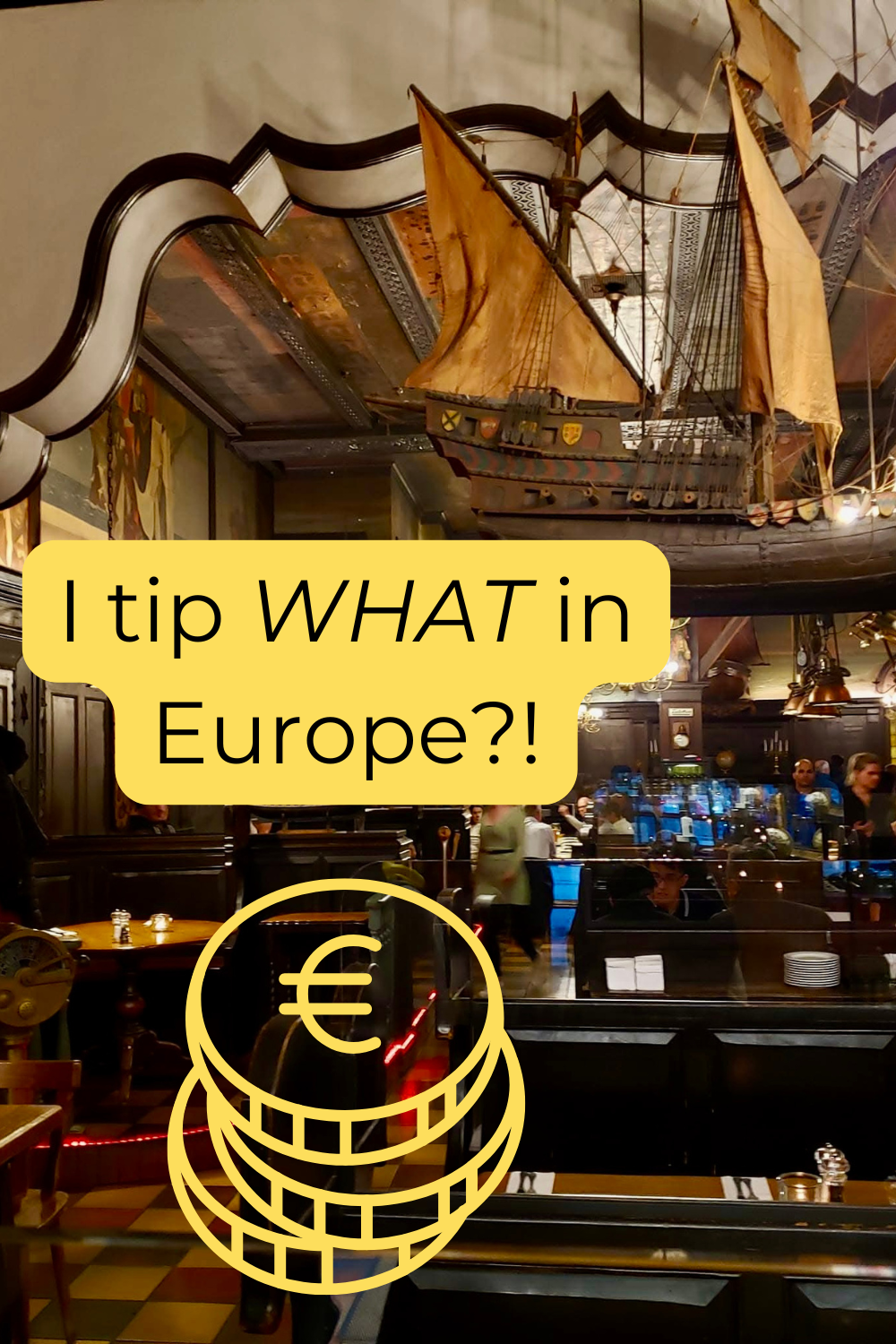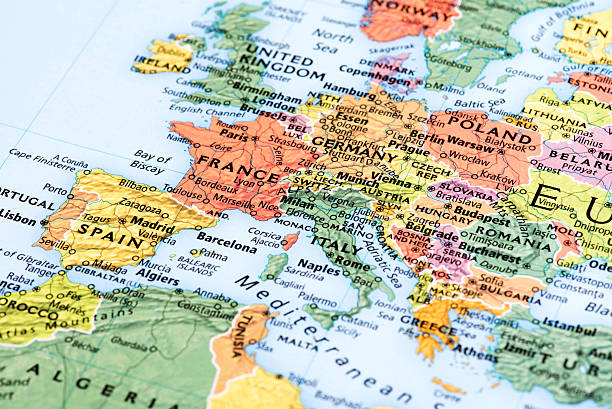
Prague: It's hard to think of a European city that has become so popular, so fast as Prague, where essential historic sights include the Old Town Square, the landmark Charles Bridge, the National and Estates Theaters, St. Vitus Cathedral with its stained-glass windows, and the Prague Castle complex, which dominates the city and the 1,100-year history of the Czech nation. The huge castle houses superb artifacts, such as the burial crown jewels of King Premysl Otakar II, and is surrounded by beautiful gardens offering splendid views. Prague's many museums hold other treasures: the St. Agnes Convent concentrates on Central European art from the Middle Ages; the Museum of Decorative Arts highlights the craftsmanship of masters of Czech crystal, porcelain and woodcarving; the Jewish Museum, which includes the Old Jewish Cemetery and collections installed in four surviving synagogues, houses a superb collection of European Judaica. Locator: 183 mi. from Vienna; 208 mi. from Bratislava; 223 mi. from Berlin
Cesky Krumlov: Considered a Renaissance jewel, Cesky Krumlov is ringed on three sides by the Vltava River. The picture-perfect hilltop town is crowned by Krumlov Castle , both a UNESCO-designated monument and the jewel in the crown of the country's Renaissance and Baroque architecture. Below the castle, the medieval town square is surrounded by red-tiled-roof buildings and colorful facades, often decorated with frescos and sgraffiti. The steeple of the 15th century St. Vitus's Church dominates the town center, while the Regional Museum , occupying a former Jesuit seminary, provides a useful overview of this fairytale town. Locator: 105 mi. from Prague
Karlovy Vary: Otherwise known as the world-class spa town of Karlsbad, this Bohemian town of colonnades and boulevards has a definite Belle Epoque air; however, its roots thread back much farther, to its 14th century founding by Roman Emperor and Czech King Charles IV. Today, it is 19th century landmarks that set the architectural style, such as the Mill Colonnade, the Municipal Theater and the House of the Three Moors where Goethe "took the waters." More historic is the Baroque Church of Mary Magdalene, and the Karlovy Vary Museum displays the panorama of local and natural history. Locator: 82 mi. west of Prague
Olomouc: On triangular-shaped Horni Namesti (Upper Square) in this northern Moravian town, UNESCO has designated the 18th century Trinity Column - the granddaddy of all baroque columns - a World Heritage monument. Other town glories include a bevy of churches and Baroque public fountains, built between the 14th and 17th centuries. However, pride of artistic place goes to the frescoes adorning the rooms of 12th century Premysl Palace. From the 20th century, works of modern painters and sculptors are the stars of the Olomouc Museum of Art. This university town, yet to be discovered by many, is refreshingly laid-back and "untouristy". Locator: 156 mi. east of Prague; 155 mi. from Krakow; 130 mi. from Vienna
Brno: The country's Second City, Brno has its own UNESCO-listed monument: The Tugendhat Villa, a shrine for Modernist mavens. This vastly influential building is the work of Bauhaus architect Ludwig Mies van der Rohe. Other town superlatives include the Spilberk Castle housing the Municipal Museum, a 13th century Town Hall, and the Capuchin Monastery. The famed Austerlitz battlefield lies just outside the city limits, as does a system of underground caves and the wine country of South Moravia. Locator: 50 miles from Olomouc; 130 mi. from Prague; 93 mi. from Vienna


































